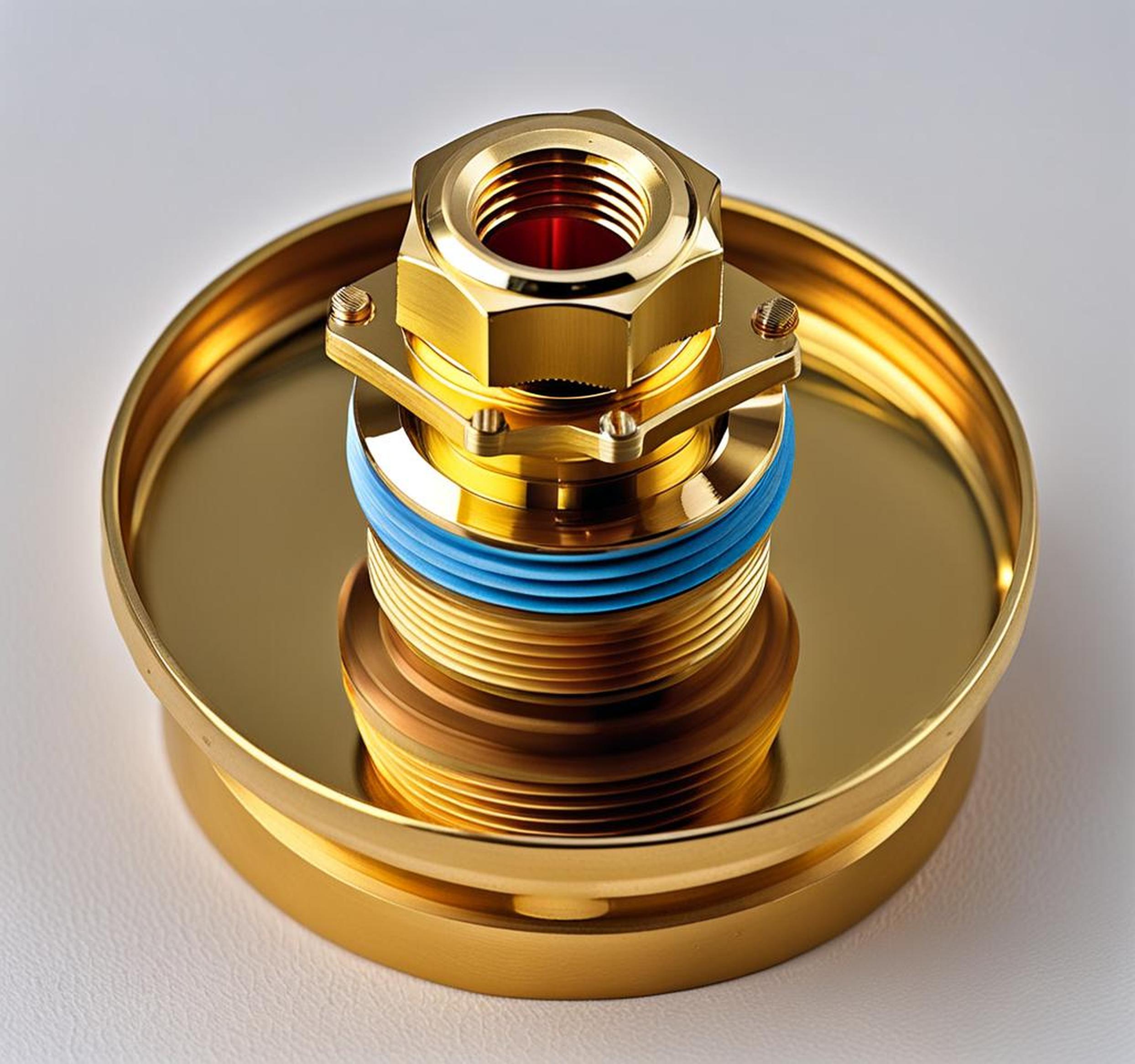A continuous trickle of water from your water heater’s pressure relief valve can quickly turn into a major leak, causing water damage and mold growth. While a small amount of dripping may be normal, consistent dripping or flowing water likely means your relief valve needs attention before a dangerous pressure buildup causes tank failure or explosion.
By troubleshooting the valve and making necessary repairs, you can stop the leak, prevent further issues, and ensure the safety of your water heater.

What is a Pressure Relief Valve and What Does it Do?
A pressure relief valve, also called a T&P (temperature and pressure) relief valve, is an essential safety device found on water heaters, boilers, and other pressurized systems. It serves as a pressure ‘escape hatch’, opening up to discharge water if either the temperature or pressure in the tank gets dangerously high.
This release of water lowers the pressure back to safe levels before it can cause an explosion. The valves are usually located on the side of the unit topped with a lever and discharge pipe directing water away from the heater when opened.
Where Pressure Relief Valves Are Located
You can find pressure relief valves on residential and commercial:
- Water heaters
- Hot water storage tanks
- Steam boilers
- Heat exchangers
- Solar water heaters
How a Pressure Relief Valve Helps Prevent Explosions
Without a properly working pressure relief valve, pressure would continuously build up inside the sealed tank until the metal eventually ruptures in an extremely violent and dangerous explosion. The T&P valve gives the excess pressure a path to escape before this happens.
Reasons Why Your Pressure Relief Valve Might Leak
While a small discharge from the relief valve now and then is perfectly normal, a constant trickle likely signals a problem. There are two main causes of persistent leaking:
Excess Temperature Triggers the Valve
If your water heater is set too high (over 140degF), increased pressure from rapidly expanding water can trigger the relief valve to discharge. Lowering your unit’s temperature setting can often solve this.
Excess Pressure Triggers the Valve
Pressure may spike in your plumbing system when water is rapidly heated or when thermal expansion from heated water has nowhere to go. Installing an expansion tank helps minimize this pressure buildup.
Faulty Valve Allows Continuous Water Flow
If the valve itself is broken–due to mineral deposits, corrosion, wear and tear–it can fail to close properly after pressure is released. This leads to a constant drip of water as pressure escapes through the leaky valve.
Mineral Buildup Prevents Valve From Sealing
Scale and sediment accumulate over time, preventing the valve from sealing and closing completely after opening. This causes drips through the small gap between the valve seat and disk.
Signs You Have a Leaking Pressure Relief Valve
How do you know if you have a relief valve leak? Here are some clear signs:
- Water constantly dripping or pouring from the valve
- Puddles of water around your water heater
- Increased humidity and moisture around the unit
- Higher energy bills from having to reheat more water
- Loud popping, rumbling, or hissing noises as steam and water rush out the valve
Dangers of Ignoring a Leaking Pressure Relief Valve
It may be tempting to ignore a small drip, but that could quickly turn catastrophic. Consequences of leaving a leaky relief valve unchecked include:
- Tank explosions – Without the relief valve discharging excess pressure, it continues building until the tank explodes.
- Water damage – Unabated water leaks can destroy walls, flooring, furniture, and possessions.
- Mold concerns – Excess moisture promotes mold growth associated with illness and property damage.
- More expensive future repairs – The longer you wait, the worse (and costlier) the repairs tend to be.
Temporary Fixes to Stop Water Dripping
While these temporary measures may buy you some time, the ultimate fix for a leaky relief valve involves replacing components or the entire valve:
Lower Temperature Setting
If elevated temperature causes pressure buildup, lowering the temp may help. But this is only a stopgap measure.
Install a Thermal Expansion Tank
An expansion tank controls pressure spikes in the system, reducing valve openings. This helps but doesn’t address a faulty valve.
Manually Operate Valve to Flush Sediment
Opening the T&P valve manually flushes sediment and mineral deposits. But it’s still critical to fully repair or replace the valve to prevent leaks.
How to Permanently Fix a Leaky Pressure Relief Valve
For a complete, lasting fix to a leaky T&P valve, replacement of the valve is necessary. Steps include:
- Shut off power and water supply lines
- Drain the tank
- Disassemble valve and inspect components
- Replace any damaged parts or entire valve
- Reinstall valve and test
- Restore water and power
Replacing a faulty pressure relief valve requires mechanical skill. A licensed plumber can ensure the job is done properly.
Preventing Pressure Relief Valve Leaks
Routine maintenance helps minimize sediment buildup that can prevent the valve from sealing properly:
- Have a plumber annually inspect the valve
- Flush the water heater to clear sediment
- Monitor changes in performance
- Replace the relief valve every 5-7 years
While basic maintenance procedures may stop minor drips, it’s safest to call a plumber whenever:
- Water flow persists after attempting fixes
- The valve replacement process seems too complex
- The source of leaking is unclear
- For periodic check-ups to maintain the system
A reliable plumber has the skills, tools, and experience to efficiently diagnose issues with a faulty pressure relief valve, and can correctly replace it to keep your system operating safely.
